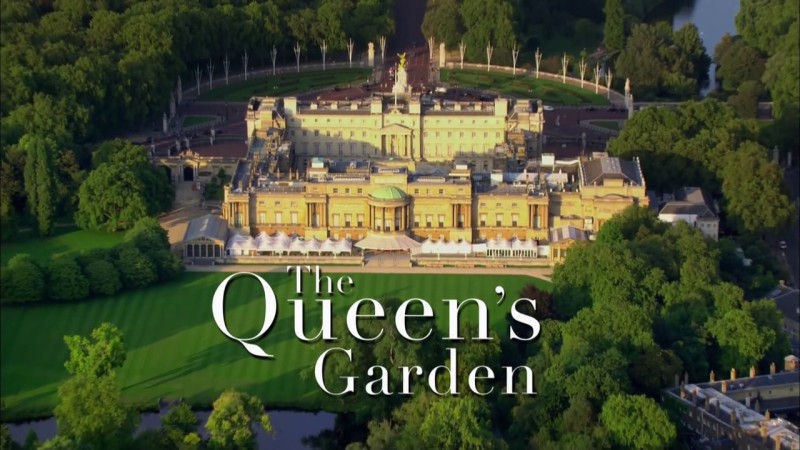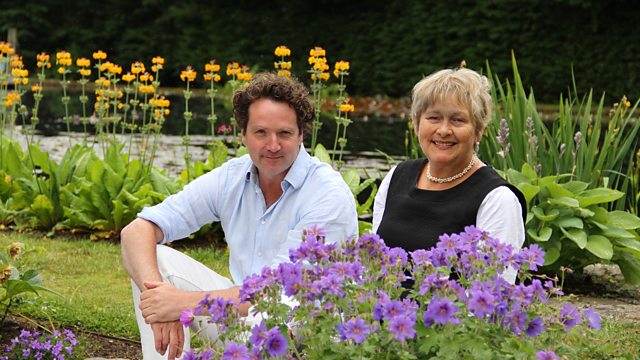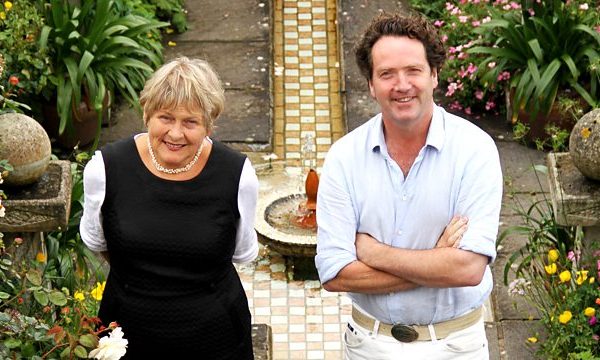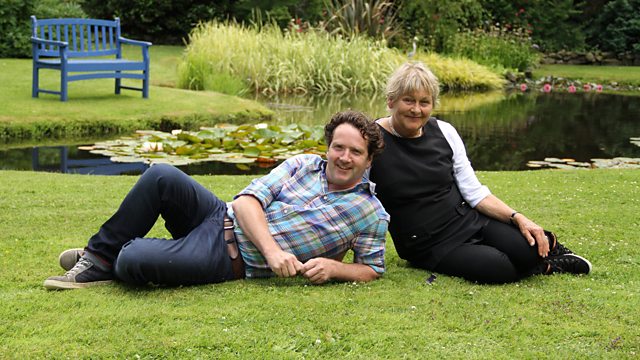The Queen’s Garden: With permission from Her Majesty the Queen, this documentary reveals a year in Buckingham Palace Gardens, exploring the history and biodiversity of this remarkable, hidden royal treasure in the center of London.
Part 1
Part 2
This film uncovers a wonderland with a five-century history, an urban oasis of wildlife where the Queen has lived with her family, and a “living museum” where almost every plant (and many of the animals!) have a royal story to tell.
The Queen’s Garden
Buckingham Palace is the London residence and administrative headquarters of the monarchy of the United Kingdom. Located in the City of Westminster, the palace is often at the centre of state occasions and royal hospitality. It has been a focal point for the British people at times of national rejoicing and mourning.
Originally known as Buckingham House, the building at the core of today’s palace was a large townhouse built for the Duke of Buckingham in 1703 on a site that had been in private ownership for at least 150 years. It was acquired by King George III in 1761 as a private residence for Queen Charlotte and became known as The Queen’s House. During the 19th century it was enlarged, principally by architects John Nash and Edward Blore, who constructed three wings around a central courtyard. Buckingham Palace became the London residence of the British monarch on the accession of Queen Victoria in 1837.
The last major structural additions were made in the late 19th and early 20th centuries, including the East Front, which contains the well-known balcony on which the royal family traditionally congregates to greet crowds. A German bomb destroyed the palace chapel during World War II; the Queen’s Gallery was built on the site and opened to the public in 1962 to exhibit works of art from the Royal Collection.
Garden at Buckingham Palace
The Garden at Buckingham Palace is a large private park attached to the London residence of the monarch. It is situated at the rear (west) of Buckingham Palace, occupying a 42 acres (17 ha) site in the City of Westminster, and has two-and-a-half miles of gravel paths. Its area is bounded by Constitution Hill to the north, Hyde Park Corner to the west, Grosvenor Place to the south-west, and the Royal Mews, Queen’s Gallery, and Buckingham Palace itself to the south and east.
The gardens are Grade II* listed on the Register of Historic Parks and Gardens. The planting is varied and exotic, with a mulberry tree dating back to the time of James I of England. The garden covers much of the area of the former Goring Great Garden, named after Lord Goring, occupant of one of the earliest grand houses on the site. It was laid out by Henry Wise and subsequently redesigned by William Townsend Aiton for George IV. Notable features include a large 19th-century lake which was once graced by a flock of flamingoes, and the Waterloo Vase. In the garden there is a summerhouse, a helicopter pad, and a tennis court.




